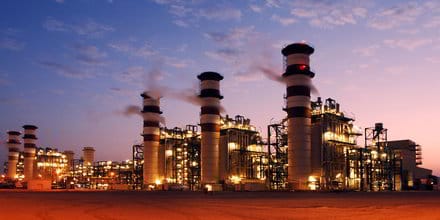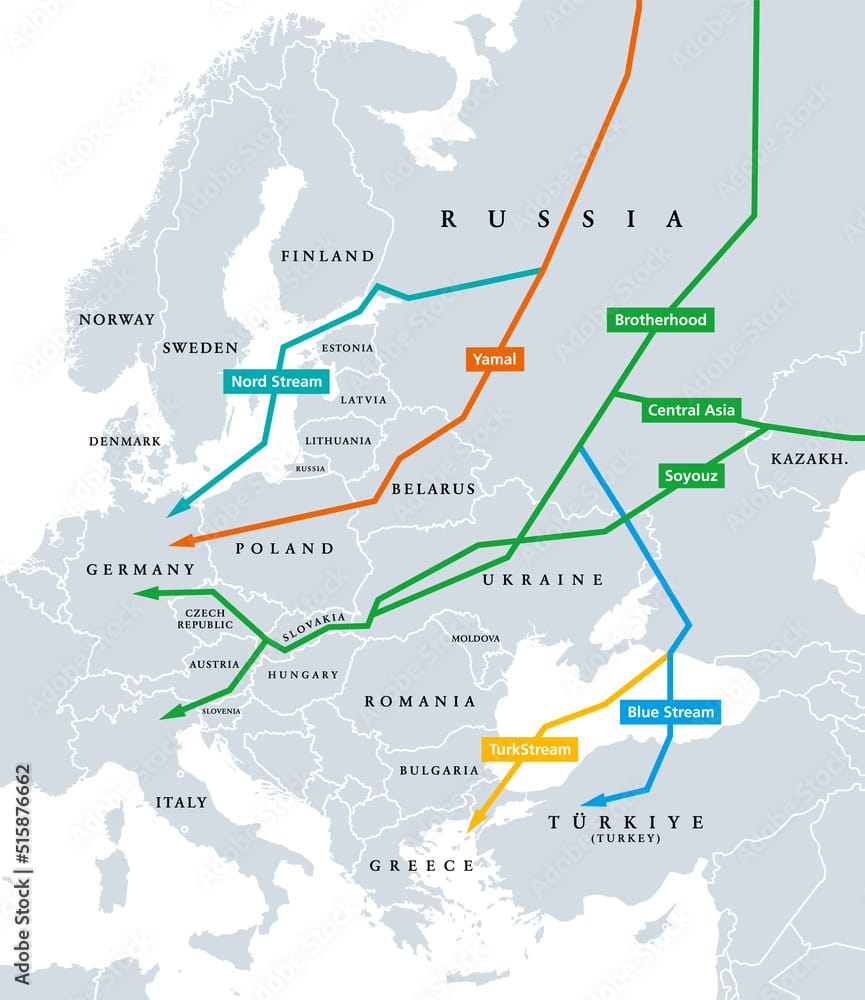In recent weeks, oil prices have experienced a significant increase, climbing to levels not seen in two to four months. This surge is largely attributed to the anticipation of new sanctions that are expected to disrupt supplies from Russia, one of the world’s leading oil producers. The geopolitical landscape surrounding energy markets has become increasingly complex, with various factors contributing to the volatility in oil prices.
The rise in oil prices can be traced back to a combination of factors, including ongoing tensions between Russia and Western nations. As the situation evolves, market participants are reacting to the potential for supply disruptions that could arise from these sanctions. Analysts have noted that any significant reduction in Russian oil exports could have a profound impact on global oil supply, leading to increased prices as demand remains steady.
In addition to geopolitical tensions, other elements are influencing the current oil market dynamics. The global economy is gradually recovering from the impacts of the COVID-19 pandemic, leading to a resurgence in energy demand. As countries continue to reopen and economic activities ramp up, the demand for oil has surged, further exacerbating the pressure on prices. This recovery is particularly evident in regions such as Asia and North America, where industrial activity and transportation needs are on the rise.
Furthermore, the Organization of the Petroleum Exporting Countries (OPEC) and its allies, collectively known as OPEC+, have been managing production levels to stabilize the market. However, the anticipated sanctions on Russian oil could complicate these efforts. OPEC+ has been cautious in its approach, balancing the need to support prices while ensuring that supply remains adequate to meet global demand. The potential for a significant reduction in Russian oil output could prompt OPEC+ to reassess its production strategy in the coming months.
Market analysts are closely monitoring the situation, as any developments regarding sanctions or changes in Russian oil production could lead to further fluctuations in prices. The uncertainty surrounding the geopolitical landscape adds an additional layer of complexity to the oil market, making it challenging for traders and investors to predict future price movements. As a result, many are adopting a cautious approach, weighing the potential risks and rewards associated with oil investments.
In the short term, the outlook for oil prices remains uncertain. While the current trend indicates a rise in prices, the situation could change rapidly based on geopolitical developments. If sanctions are implemented and significantly disrupt Russian oil supplies, prices could continue to climb. Conversely, if diplomatic efforts lead to a resolution of tensions, there may be a stabilization of prices as supply concerns ease.
The impact of rising oil prices extends beyond the energy sector, affecting various aspects of the global economy. Higher oil prices can lead to increased transportation and production costs, which may ultimately be passed on to consumers. This could contribute to inflationary pressures in many economies, prompting central banks to consider their monetary policy responses. As oil prices rise, policymakers will need to navigate the delicate balance between supporting economic growth and managing inflation.
In conclusion, the recent surge in oil prices to their highest levels in months is primarily driven by expectations of sanctions that could disrupt Russian supplies. The interplay of geopolitical tensions, recovering global demand, and OPEC+ production strategies creates a complex environment for the oil market. As the situation unfolds, market participants will need to remain vigilant, as the potential for further price fluctuations looms large.



